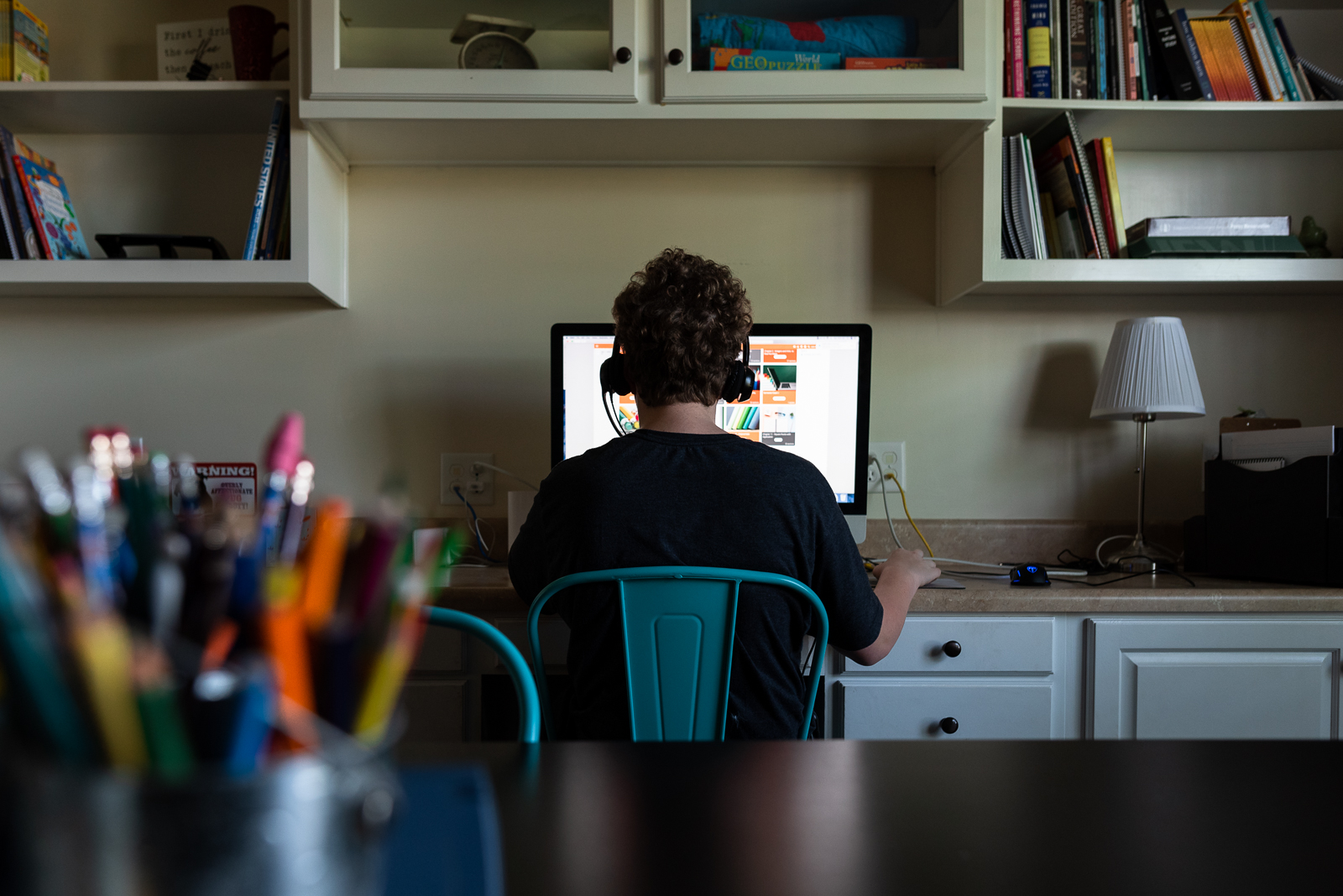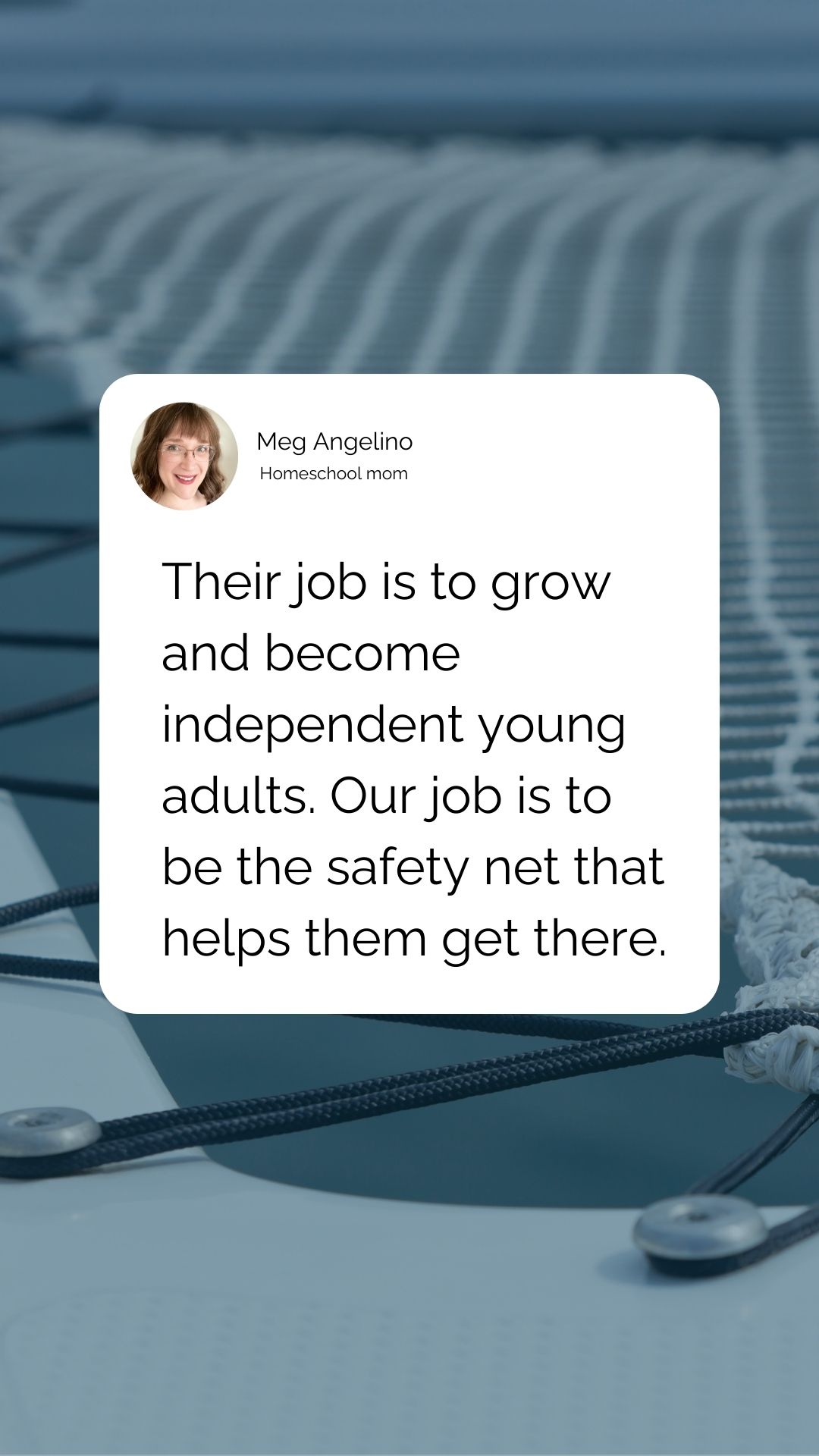
Homeschooling high school feels like a big shift. Suddenly, you’re looking at advanced subjects, keeping transcripts, and preparing your teen for what comes next. In this episode, I sit down with Meg Angelino, our operations manager and curriculum editor, to talk about what happens when you start outsourcing classes while still juggling motherhood. We discuss our journeys toward more organized homeschools, and the vital role our online community plays in offering encouragement and fresh ideas. Listen in to gain practical insights on the changing roles as a parent, keeping students motivated, and the emotional rollercoaster that comes with transitioning to high school.
Links and Resources From Today’s Show
- Homeschool Better Together Podcast
- Put Your Homeschool Year on Autopilot
- Mere Motherhood by Cindy Rollins
- Navigating High School
- Andrew Pudewa’s Institute for Excellence in Writing
- Colleen Kessler – Raising Lifelong Learners
- Kristin Moon – Science
- Mr. D Math
- Homeschool Better Together Free Community
Key Ideas About Can You Really Outsource High School?
- Outsourcing reduces stress while ensuring a solid education.
- Feeling overwhelmed? Consider online courses, co-ops, or dual enrollment.
- Stay involved—check assignments, discuss lessons, and help with deadlines.
- Options include live/self-paced online courses, hybrid programs, co-ops, and community college classes.
- Teens need independence but still require guidance.
- Keep core traditions like Morning Time, read-alouds, and discussions to maintain your homeschool’s values.
Homeschooling High School? Why You Don’t Have to Teach Everything
I recently brought my friend and team member, Meg Angelino, onto the Homeschool Better Together podcast. During our chat, we dove into her homeschooling experiences, how we shaped a strong community for busy parents, and some real-life insights on guiding teens through high school—especially when it’s time to outsource certain subjects.
Why Meg’s Story Matters
Meg’s life has been full of surprises—frequent moves, juggling different schedules, and managing a homeschool that had to flex around each shift. Hearing how she found her footing (and kept her sense of humor) offers hope for any mom thinking, Will I ever get a handle on this?
The Value of a Tight-Knit Network
We both believe no one should do this alone. Sharing day-to-day wins and struggles sparks fresh ideas. An online group or a local co-op can bring answers you never knew existed. When you’re short on solutions, it helps to have a circle to ask, “Has anyone tried…?”

Stepping into High School
As our kids grow older, the stakes feel higher. Meg and I touched on what it takes to keep schooling at home when advanced math or science begin to loom. A flexible routine can handle deeper-level subjects—if you know where to find good resources.
Outsourcing High School Classes
Sometimes, you reach a point where teaching that advanced chemistry lab or calculus lesson on your own is too overwhelming. Outsourcing can be a lifesaver:
- Online Courses: Choose self-paced or live sessions. Check your teen’s learning style to see if they prefer scheduled Zoom classes or more independent modules.
- Co-ops or Hybrid Schools: A local group might offer weekly classes in literature, foreign language, or lab sciences. Teens get group learning, and you offload that subject to an expert.
Local Community Colleges: Dual enrollment can give teens a glimpse of college-level work while still in the comfort of their homeschool routine. When you outsource, stay involved. Ask for progress updates, check in on assignments, and offer help with time management. Your teen benefits from fresh instruction and your support combined.
Balancing Structure and Freedom
Some structure is good—like set times for math or scheduled reading blocks—but you can still leave wiggle room for interest-led projects or a quick pivot when life changes. By combining a weekly checklist with flexibility, we stay on track without feeling trapped by rigid plans.
Sharing the Journey
One thing we kept circling back to is how much it helps to talk honestly about struggles. Maybe your teen is procrastinating on an outsourced class, or your carefully scheduled plan fell apart two days in. Sharing those stories can spark a fix—and remind you you’re never the only one facing those bumps.
Final Thoughts
After all these conversations, I remain convinced that being open to fresh ideas and leaning on others can transform your homeschool. For high school especially, it’s smart to let outside experts handle advanced courses if it eases your load. Meanwhile, your teen gains new perspectives while you keep the heart of your homeschool intact.
Are you navigating high school in your homeschool? Drop a comment below. I’d love to hear how you handle tougher courses—especially when you decide to outsource. Let’s keep swapping practical tips so we can all move forward with a clearer mind and a supportive community by our side.
To join our free homeschool community, you can create an account right here.
Leave a Rating or Review
Doing so helps me get the word out about the podcast. iTunes bases their search results on positive ratings, so it really is a blessing — and it’s easy!
- Click on this link to go to the podcast main page.
- Click on Listen on Apple Podcasts under the podcast name.
- Once your iTunes has launched and you are on the podcast page, click on Ratings and Review under the podcast name. There you can leave either or both!
- Juggling Big Life Changes and Homeschool - June 17, 2025
- Which Homeschool Schedule Actually Works for You? - June 3, 2025
- How to Keep Homeschool Consistent When Life Isn’t - May 20, 2025
